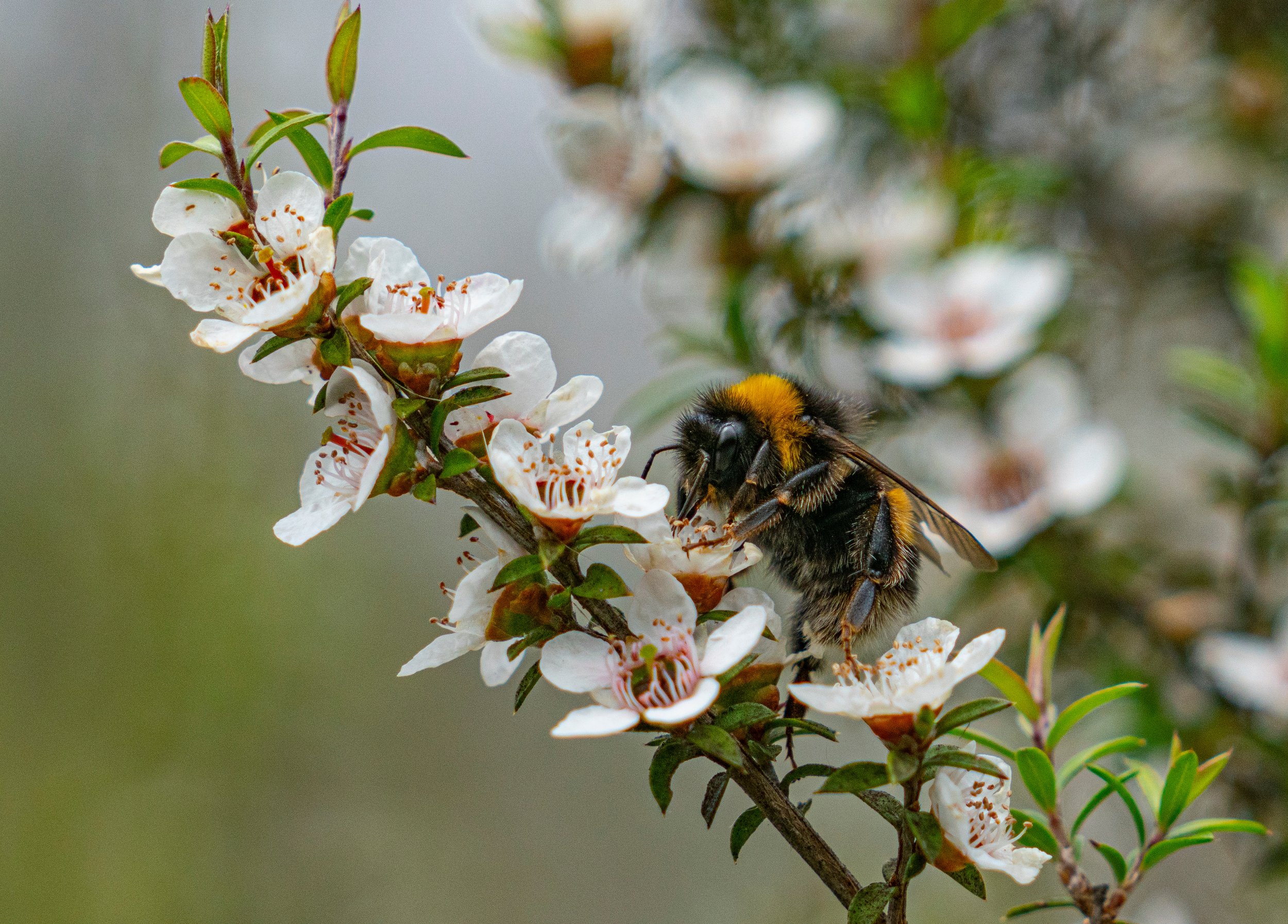How to Grow & Care for a Manuka Plant in the UK
Manuka (Leptospermum Scoparium) is a hardy, evergreen shrub known for its beautiful pink or white flowers, aromatic foliage, and its role in producing the famous Manuka honey. Native to New Zealand and Australia, Manuka thrives in well-drained soil and sunny conditions, making it a great addition to UK gardens.
If you’re thinking of growing Manuka in your garden or in a pot, here’s everything you need to know about caring for this resilient and rewarding plant.
Why Grow Manuka?
• Attracts pollinators – Bees love Manuka flowers, making it great for wildlife-friendly gardens.
• Beautiful blooms – Flowers from May to July in the UK, adding colour and charm.
• Hardy and low-maintenance – Tolerates poor soil, drought, and coastal conditions.
• Evergreen – Provides year-round greenery and structure to your garden.
How to Care for Your Manuka Plant
1. Choosing the Right Spot
Manuka loves full sun and does best in well-drained, slightly acidic soil. It thrives in a range of environments, from coastal gardens to sheltered countryside locations. If your soil is heavy or clay-based, consider growing Manuka in a raised bed or large pot with well-draining compost.
2. Planting Manuka
• If planting in the ground, dig a hole twice the size of the root ball, mix in some grit or sand for drainage, and backfill with soil.
• For pots, use a free-draining compost mix, such as ericaceous or Mediterranean soil blends, and ensure the pot has drainage holes.
3. Watering & Feeding
• Water regularly while young, but avoid waterlogging. Once established, Manuka is drought-tolerant and only needs watering in long dry spells.
• Feed with a balanced liquid fertiliser in early spring to encourage healthy growth.
4. Pruning & Maintenance
• Manuka doesn’t require much pruning, but a light trim after flowering (late summer) can help maintain shape and encourage bushy growth.
• Remove any dead or damaged branches in early spring.
5. Flowering & Pollination
Manuka blooms between May and July in the UK, producing small, nectar-rich flowers that attract bees and other pollinators. While Manuka honey is world-famous, our farm-grown Manuka contributes to our delicious, limited-edition honey, alongside other wildflowers that our bees love!
6. Growing Manuka in Pots or Indoors
Manuka can be grown in pots if given the right care. If you’re trying to keep it indoors, place it in a bright, sunny spot (like a conservatory) with good airflow. However, it thrives best outdoors, where it can enjoy natural sunlight and fresh air.
Final Thoughts
Manuka is a fantastic plant for UK gardeners looking for a low-maintenance, wildlife-friendly shrub with year-round interest. Whether you’re planting it for its gorgeous blooms, evergreen structure, or to help support local pollinators, it’s a brilliant addition to any garden.
Want to grow your own? Check out our farm-grown Manuka plants, available here at Vicarage Farm Shop!


